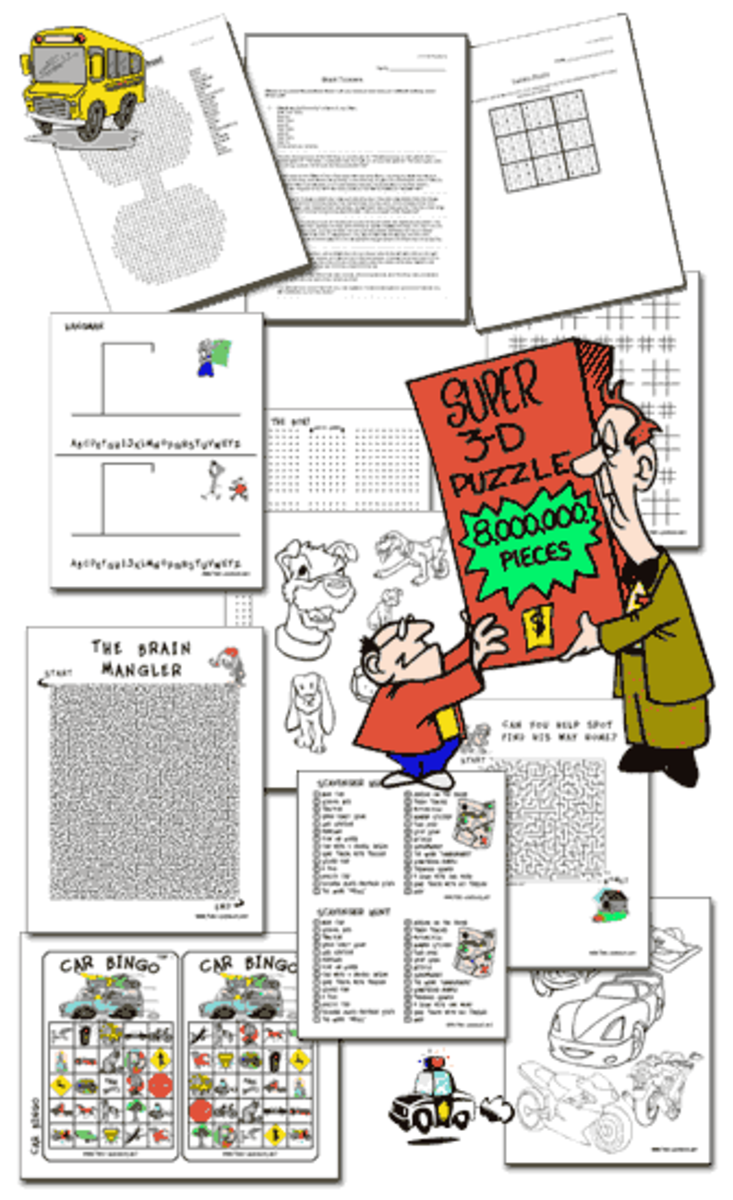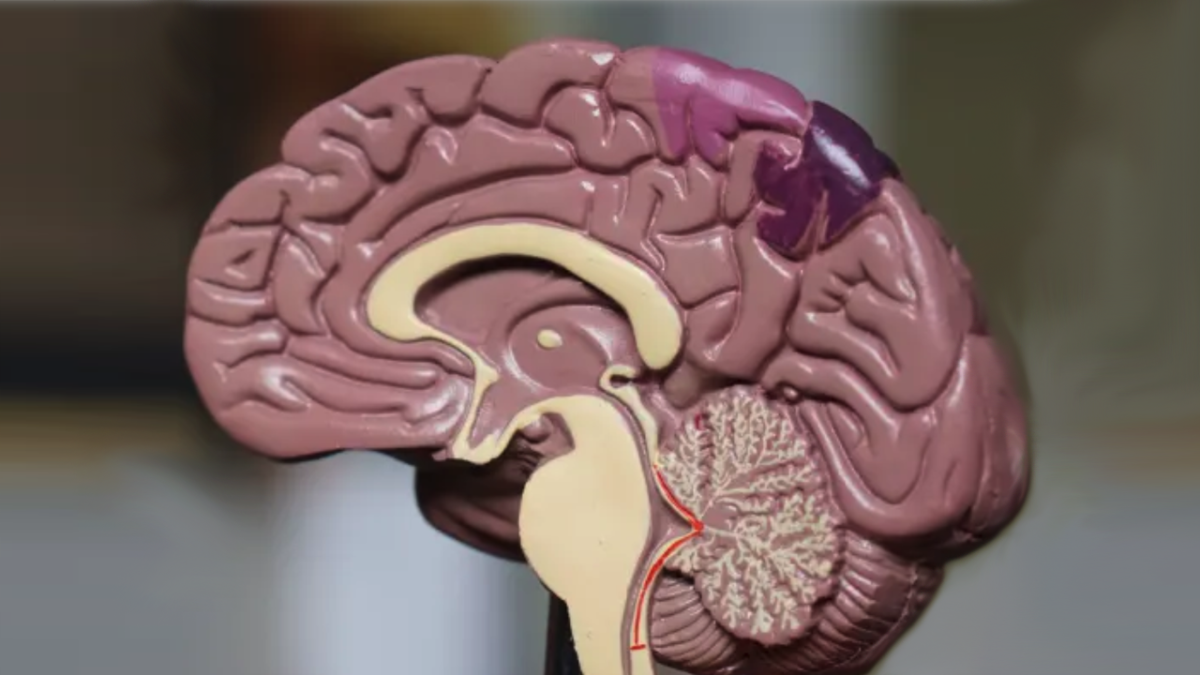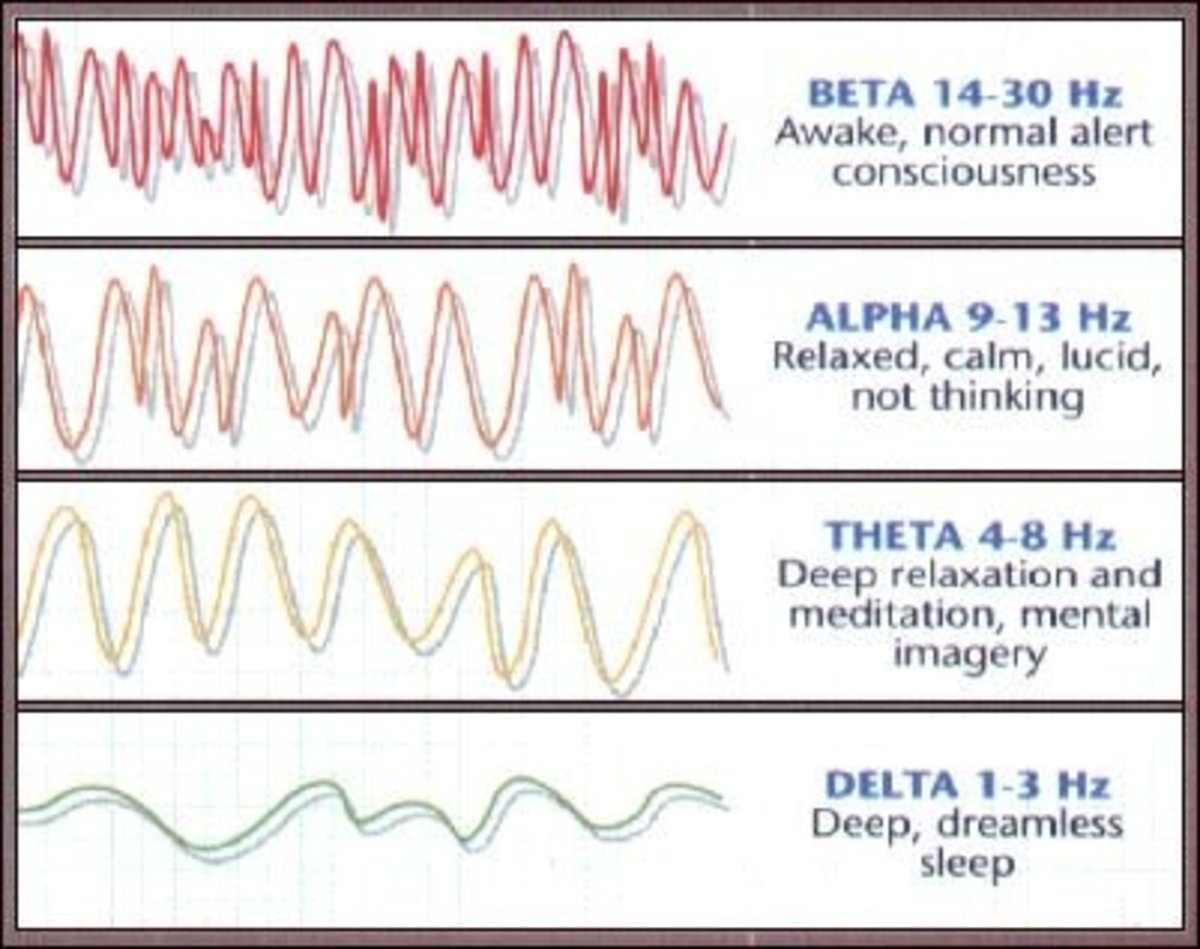The Brain Thesis - Part II
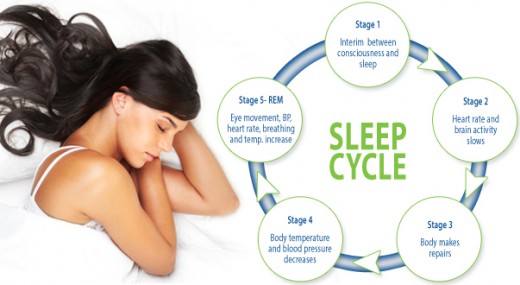
Introduction
My thesis on the human brain started when I was writing my autobiography. I have since developed a more detail understanding of how the brain work especially in dealing with memory.
-Aug. 2016
The Brain - Four levels of Process
1. Autonomous - things that control our breathing and normal activities such as maintaining body temperature, and walking and average day to day functions.
2. Active Process - Things that require concentration, problem solving, doing math calculations...
3. Resting process - this process is not understood and was only discovered recently. While the brain seems to be at some rest state, it is actually doing stuff that is similar to re-tracing. In order to keep the memory in shape, and allow for quick recall, the brain is constantly repairing and making neuron connections.
4. REM - This state call rapid eye movement is only performed while we are at sleep. I believe this is the state where the brain does it's daily book keeping and move the content of the short term memory to the long term memory parts of the brain. Thus, free up space for the next day's activities. Without regular REM sleep, the brain will be overloaded and "bad" behavior can surface.
Storage Compression
The "memory packet" of our brain is very efficient. It can store vast amount of information in very small space. It also require a relatively small amount of energy. One possible way for the brain to accomplish this is by way of data compression. Not unlike MPEG algorithm for video data streams, our brain must have a mechanism to segment data into portions that are "active area" highly relevant and some that are "background" and less relevant. It is able to compress the data to a manageable size.
JPEG Compression
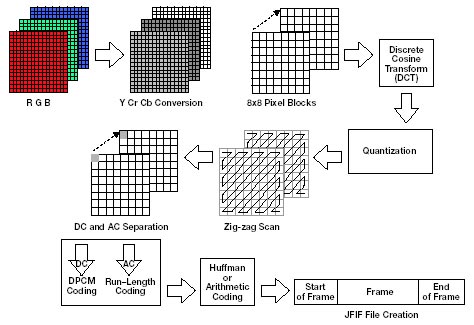
Discrimination and Pattern Recognition
Our brain has a very sophisticate pattern recognition algorithm. It uses all the various senses and combined to form a "memory packet" that relates to a particular event or incident. It then creates "links" via various neuron paths. Unlike computer memory, which only has one path in and one path out.
In addition, our brain is also very good at spotting unique features. It seems to group items based on how irregular or unique they are. It looks for common features and put those in a bucket that is shared.
Sample (who is in the painting?)

Organic Vs. Man Made
Our memory or brain is made of of numerous neurons. They are not similar to current computer memory chips. If a chip is damaged, that data is lost forever. In our brain, if a part of the brain is damaged from injury or accidents, it can, to some extent, repair itself over time. There must be enough redundancy built in such that parts of a damaged brain can be recovered using the extra connections.
Scientist use to believe that our brain is made of of various unique parts that handle each of the senses. However, new study have shown that these parts of the brain are all alike. The part that is specific to vision can be re-wired to another sense and vice-versa.
In addition, when one sense is lost or damaged, the other senses becomes more acute to compensate. For example, a blind person would have much better sense of hearing.
Some Comparison of Man vs. Computer
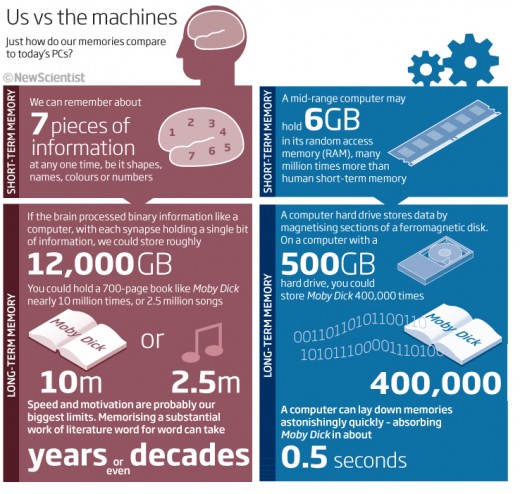
Summary
This is a continuation of my thesis on the human brain. I am constantly amazed by what it is capable of. The power of the human brain seems limitless.
Some Related Info
- The Human Brain - A Personal Thesis
A personal journey in writing my memoir exposes some insight on the human brain.


